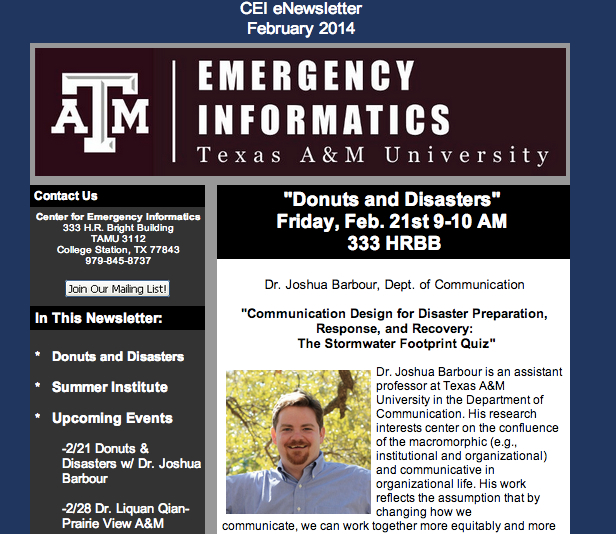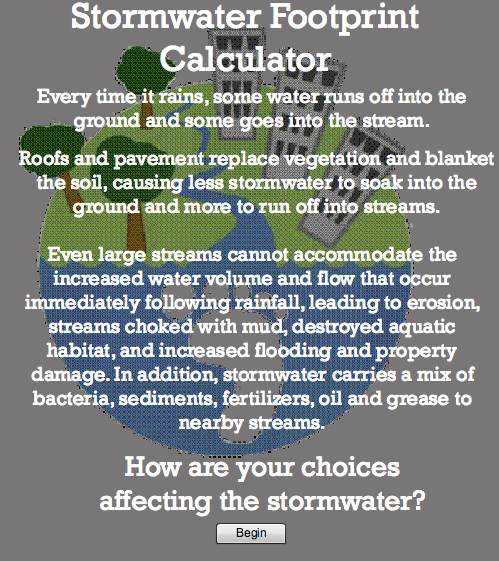NSF CAREER Award to Begin September 1
Guest User
It's official! The National Science Foundation funded my CAREER application to the Science of Organizations program: CAREER: The Future of Work in Health Analytics and Automation: Investigating the Communication that Builds Human-Technology Partnerships (SES 1750731).
Here's the project abstract:
Advances in technologies such as the internet of things, robotics, and artificial intelligence are transforming work through data-intensive automation, which may eliminate jobs without creating new ones or deskill and diminish existing work. This project will investigate how work is automated to encourage forms that benefit work and workers. The project will expand knowledge about the everyday conversations that shape the implementation of automation, and how leaders make choices about how to have those conversations in the first place. The project will focus on health and healthcare work, with is a context likely to be affected by datafication and automation and likely to provide STEM-related careers for individuals who have the right skills. In healthcare, automation may help providers prevent medical errors, lower the costs of caregiving, and augment or create new forms of work, but the success of such systems depends on how they are designed and implemented. By focusing on the actual communication involved in automation, the project will generate theoretical insights and practical recommendations for leaders in health and analytics organizations, regarding (a) what makes the communication involved in data-intensive automation effective or not, and (b) how to structure and facilitate that communication. The research will be used to create short films and a learning module for students making key career decisions. The films and module will be designed to reach groups underrepresented in STEM and to provide information about STEM careers affected by automation and STEM-related, communication competencies. The project will help students at community colleges and universities understand and prepare for the opportunities and challenges of automation.
Recent research has demonstrated that automation is determined not merely by the features of new technology or pressures to make work more efficient, but by a complex, communicatively-negotiated mix of workers' and managers' ideas about factors such as market forces, professional standards, regulation, industry knowledge, and human and technology workflows. Automation involves intertwined changes in the technologies and organization of work. These changes unfold in and through everyday communication about how work is and ought to be accomplished. Using a combination of interview and observational methods, the project will investigate two theoretically and practically important contexts: (1) Healthcare organizations that develop and implement technologies such as automated metrics dashboards and clinical decisions support systems, and (2) Quantified Self communities where practitioners of personal analytics are creating new human-technology partnerships, new forms of work and play, through automation. Insights from this project will advance research on automation, data-intensive work, communication design, and organizational and technological change.

















